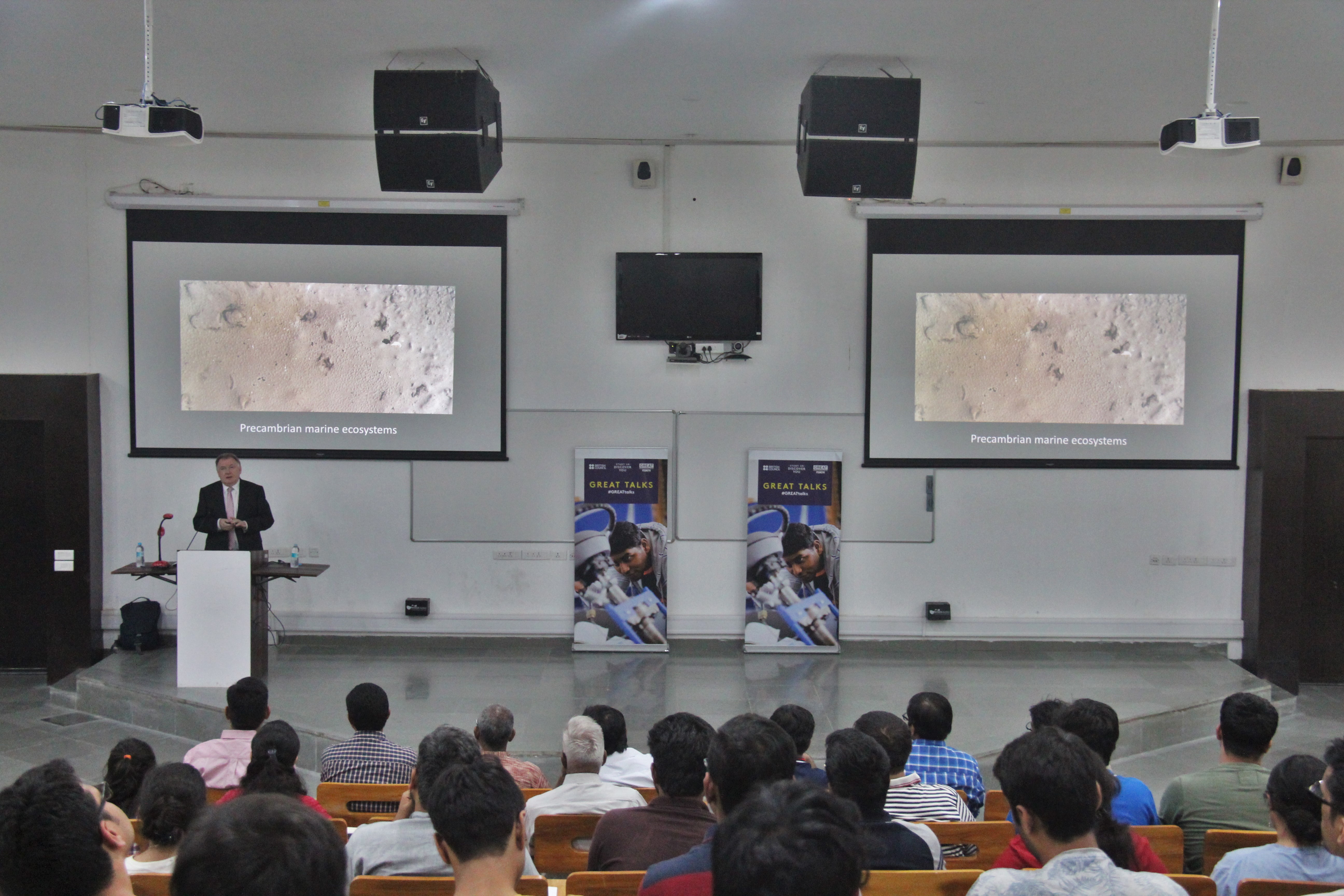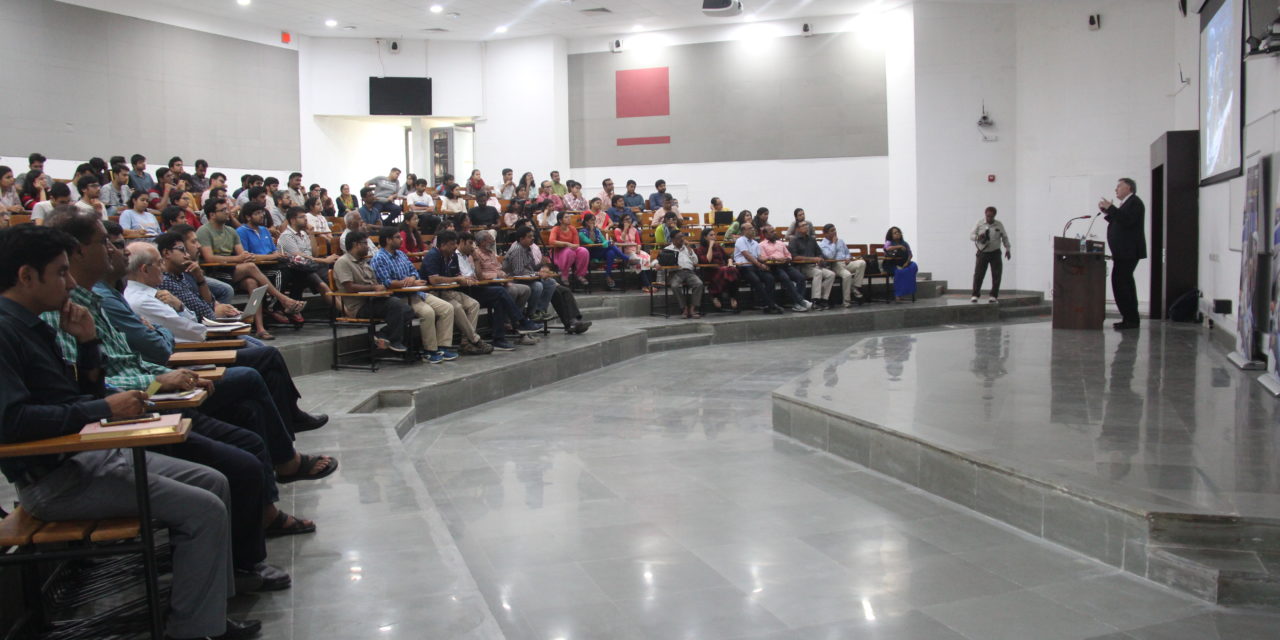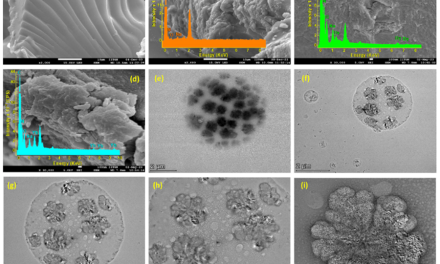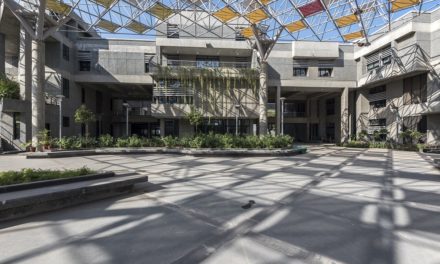

Prof Paul Smith, Director, Oxford University Museum of Natural History (OUMNH) delivered a public lecture at the the Indian Institute of Technology Gandhinagar (IITGN) on February 26. The lecture titled The co-evolution of life and Earth – Snowball Earth, the Cambrian Explosion and the origin of animals was presented in partnership with the British Council, as a part of its Great Talks series.
Professor Smith discussed several aspects of co-evolution during the lecture. Multicellular animals first appeared in the fossil record around 545 million years ago, after three billion years of unicellularity. Within 20 million years, virtually every animal body plan that we see in the modern day had also appeared in the fossil record. This remarkable and, by geological standards,
rapid phase of evolutionary history is known as the Cambrian Explosion.
Intensive research over the past 20 years has focused on the causes and mechanisms of this event, with most hypotheses to date based on a single causal mechanism. These have included ideas as diverse as the evolution of homeobox genes, sunspot activity, sea-level rise, global glaciation, plate tectonic activity and ocean chemistry. Recent work, however, suggests that the underlying mechanism is in reality a complex feedback system. Professor Smith discussed the same by exploring the biological and geological processes at play in this major evolutionary event, and their interactions.





